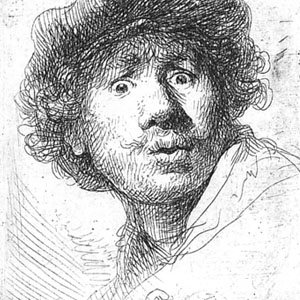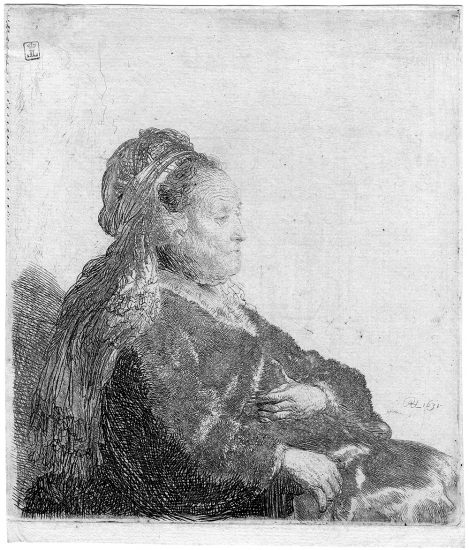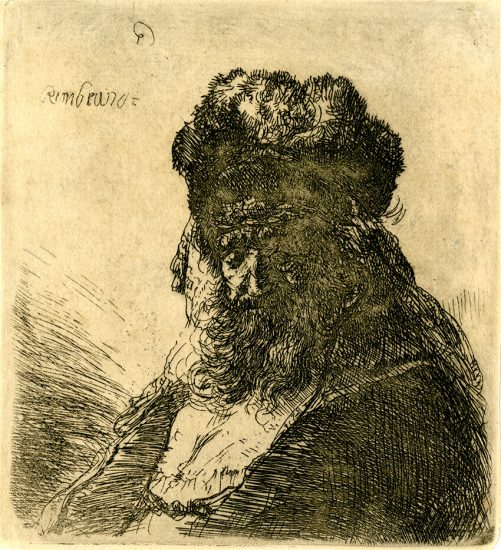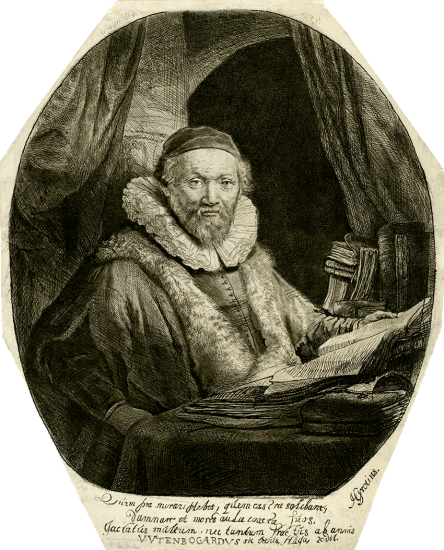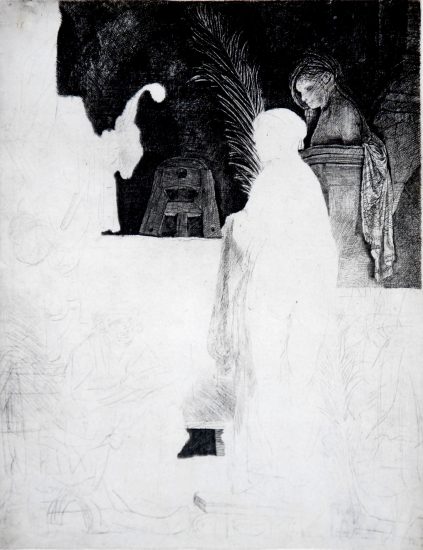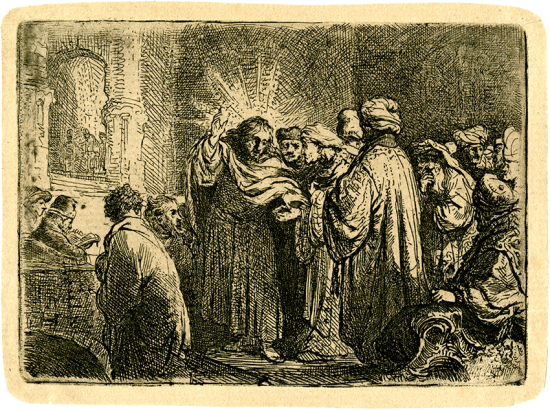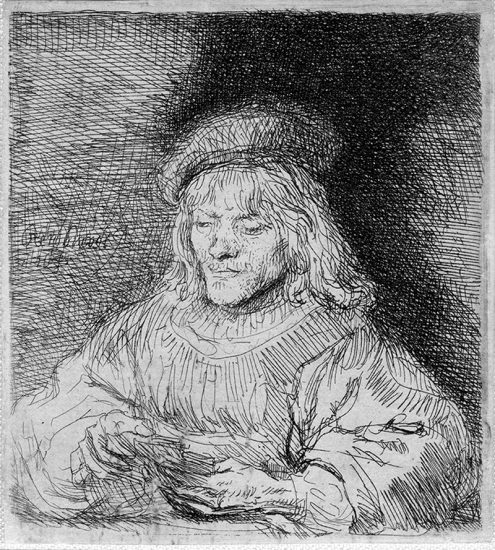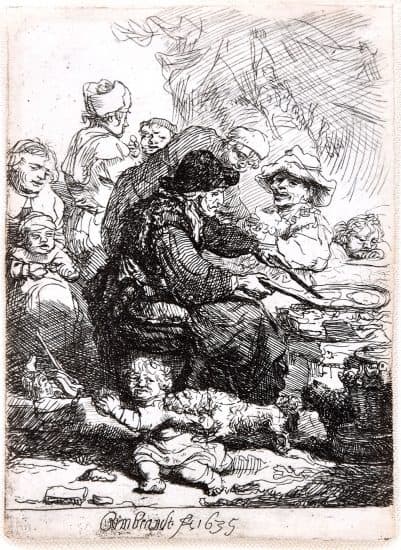Fall television season is upon us and a new show called Selfie premiered that focuses on societies social media self-obsession in the digital age. It is an interesting topic to tackle in any form and many modern artists have attracted large crowds with their performance art shows and exhibitions addressing the issue. However no one has looked to history and discussed how artists used self-portraits as their own form of “selfies” and for self promotion, releasing them to the public as statements of their skill and sometimes their own vanity. As such no artist preformed this task with more skill or fervor than the greatest Old Master Dutch painter and etcher Rembrandt.

Rembrandt left more than 90 portraits of himself that date from the outset of his career in the 1620s to the year of his death in 1669. That is more than any other artist and a testament to his ability to intimately analyze himself. He would consistently transform himself in his works, formulating an ideal of a painter that distinguished him from the typical Dutch artist and removed him from his everyday reality. This can be seen in “Self-Portrait”(1629) and subsequent ones where he adorned himself in gold chains that are normally bestowed upon artists by a royal patron, but he never received the chains. Quite similar to the way individuals alter themselves to appear better in “selfies” today.
Just as some “selfies” do promote more than vanity with positive messages, Rembrandt ascribed a deeper meaning to his self-portraits. In “Self Portrait as a Young Man” (1634) Rembrandt adorns himself with armor even though he had no connection with any military organization. In the Netherlands after the revolt against Spain, armor in portraits acquired patriotic associations and Rembrandt used it as a concept of fortitude and patriotism to declare his allegiance to the fatherland. An interesting topic all on it’s own, but Rembrandt utilized his brush and engraving skills to capture a perspective of himself that he wanted the world to see on a mass scale and in a deeply instinctual light that makes him the original “selfie” master. Rembrandt was a reflection of the world that surrounded him and constantly strove to portray himself in multiple lights that would benefit him, much like society does today with social media. So times haven’t really changed at all, just the technology.
Browse our fine art collection of Rembrandt portraits.

